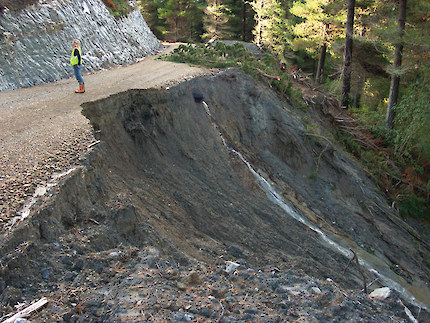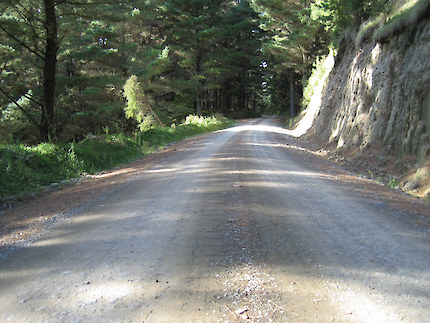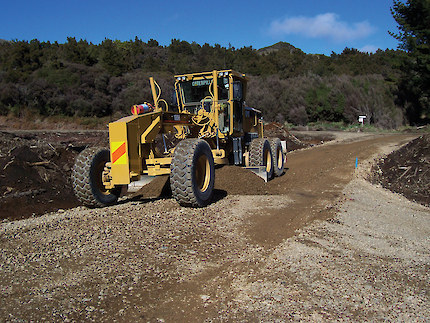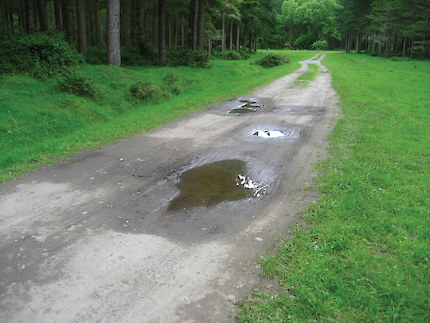Ongoing repairs and maintenance (R&M) are an essential part of keeping a road, landing and other infrastructure like river crossings and drainage culverts up to standard. It prolongs life and reduces the risk to safety and the environment.
Build roads and landings properly in the first place. This helps reduce maintenance costs.

- Maintained culverts are less likely to block and cause road damage
- Remove vegetation from culvert mouths and outlets
- A shovel is one of the most effective maintenance tools!

- The fill became saturated, weakened, and slipped off papa (blue mudstone) bedrock
- Several things led to this failure, including there was no bench for the fill, and the poorly located and non-flumed culvert saturated the fill
Timely maintenance is key. The repairs and maintenance section will briefly explain common maintenance issues, what causes them and the necessary steps to fix them.

- The correct road shape is critical
- Roads need 3-5% crossfall (the sun rays show this)
- Flat road surfaces will not shed water. Water quickly weakens the road surface and formation

- Grading is an essential part of road maintenance
- Grading helps restore the road to its correct shape

- Lack of rip rap downstream of the ford led to the scouring
- After heavy rain, always check culverts, crossings and other water control

- Poor road surface drainage causes potholes
- Water lies in puddles and seeps into the pavement, weakening it
- The centre of the road must be higher than its edges to create crossfall
- Grass growing onto the road has stopped water going to the ditches
- Fix the potholes by restoring the shape of the road by grading and removing grass on the road shoulders, so that water goes into the ditches